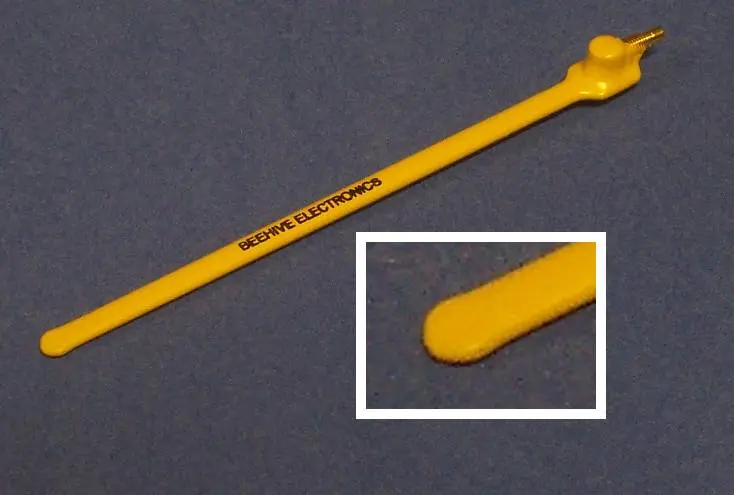

Probes
Amplifiers
Cables and Adapters
Helmholtz coil calibrator
EMC Probe Set
 |
101A
EMC Probe Set |
The 101A probe set contains one each of the 100A,B,C, and D probes. The three loop probes are sensitive to magnetic fields. They have different diameters, so that the user can select the optimal probe for the frequency of interest. The 100D stub probe is sensitive to electric fields, and offers the best spatial resolution of all. The probes use a push-on SMB connector rather than a screw-on connector; this helps prevents the attached cable from kinking when the probe is moved. |
|
EMC Probes |
|
 |
100A
EMC Probe |
The 100A is a small, handheld magnetic field probe ideal for locating the sources of EMC emissions. Its integrated electrostatic shield offers good common-mode rejection, and its fine spatial resolution make it easy to track a source of emissions down to the offending component. The probe can be ordered with a serialized calibration certificate containing test data for that unit. Click here to see a sample calibration certificate. |
|
 |
100B
EMC Probe |
The 100B magnetic field probe has the smallest loop of any probe in the series. It offers the best spatial resolution and high-frequency response of the magnetic field probes, but has lower sensitivity than the 100A or 100C. The probe can be ordered with a serialized calibration certificate containing test data for that unit. Click here to see a sample cal certificate. |
|
 |
100C
EMC Probe |
The 100C magnetic field probe has the largest loop of any probe in the series. It has the best sensitivity of the magnetic field probes. Because the large size of the loop, its high-frequency response and spatial resolution are not as good as the 100A and 100B. The probe can be ordered with a serialized calibration certificate containing test data for that unit. Click here to see a sample calibration certificate. |
|
 |
100D
EMC Probe |
| The 100D is an electric field probe, unlike the 100A/B/C. It has the best spatial resolution of all the probes. However, because it is an electric field probe, it does not offer the common mode rejection that the magnetic field probes have. | |
[ home ] [ consulting ] [ products ] [ order now ] [ technical papers ] [ contact us ]
[ 8555 Lawrence Lane, Sebastopol, CA 95472 ] [ 707-824-9206 ] [ info[at]beehive-electronics.com ]
[ © 2005 Beehive Electronics LLC ] [ Designed by SolidWave Creations ]